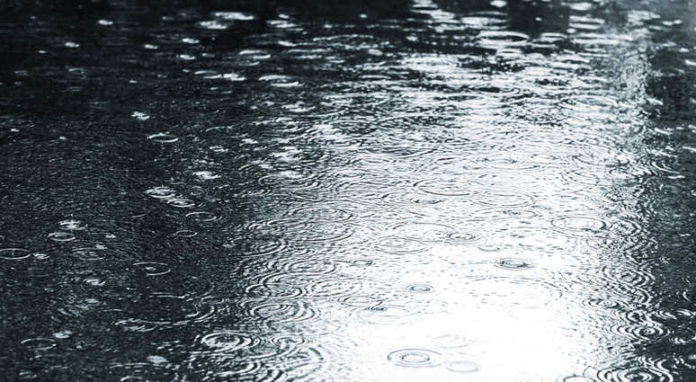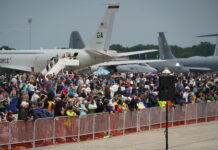“The time to repair the roof is when the sun is shining.”
— John F. Kennedy
As I write, the North American air show industry is poised to begin its 2016 season. We’ve already had a few shows in southern California, Texas and the Caribbean, but the pace picks up considerably during the next few weeks and accelerates into the busiest months of June, July, August and September.
And it looks like it’s going to be a very good year.
Optimism is high and all indications point to a successful 2016 in the air show business. As discussed in the First Quarter issue of Air Shows Magazine, last December’s ICAS Convention in Las Vegas was well attended and enthusiasm among delegates was evident. The U.S. military is poised to participate at levels that we have not seen since 2011. Air show ticket prices are at an all-time high (see page xx). And here at ICAS, we are tracking the largest number of air shows that we’ve seen in many years.
Memories of the problems and deprivations of 2013 and 2014 are already beginning to fade. We are moving beyond simple survival and thinking again about making our events bigger, better and healthier…about introducing changes and innovations that will attract more people and improve the entertainment experience of our spectators and guests.
But it’s important that we not lose touch with our memories of the challenges prompted by sequestration. Even as we welcome our military colleagues back to our events and use their participation to attract larger crowds, we don’t want to forget what it was like when that support was suddenly unavailable. If we were generally aware that the military was an important part of what attracts spectators to our event, as an industry, we might not have been entirely aware of just how great our dependence had become until it disappeared completely during the 2013 air show season.
But now we know.
And, although all indications point to a strong year in 2016, the long-term outlook is not as clear. The political and economic situation that created the perfect storm of sequestration in 2013 has not been corrected. Budgetary pressure on the U.S. military is still quite debilitating. Aircraft parts and flight hours are scarce. Senior military leadership is reallocating and making best use of these diminished resources, but this high stakes shell game can only go on for so long.
Unless something changes, the military’s air show support will once again become optional. Probably not in 2016. And perhaps not even in 2017 or 2018. But a repeat performance of 2013 is almost certainly in our future. When that happens, ICAS will do everything in its power to highlight the benefits that accrue to the military from its involvement in air shows. And the military itself will better understand the negative implications of reducing or eliminating its air show support, having already done so just a few years ago. But the pressure to maintain operational squadrons will become greater than the collective pressure to maintain military air show support. And the costs related to organizing and conducting an air show/open house on a military base will become less important.
The question is: How will our industry be positioned and what will we do to deal with this entirely predictable challenge to the survival of our industry?
A medieval English farmer observed that we should “make hay while the sun shines.” In 2016, all indications are that the sun will be shining on the air show community (figuratively and, we hope, literally). We should enjoy what promises to be a very solid year in our business.
But we should also use this opportunity to plan for potential challenges…to develop contingency plans… to introduce new acts or elements of our show that will help to ensure strong attendance even if the participation of the contemporary military is reduced or eliminated.
We know what it is like to live through and survive a torrential downpour with a leaky roof. Let’s enjoy the sunshine, but let’s also not forget to fix that leaky roof.








